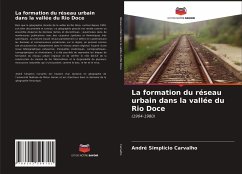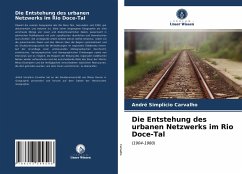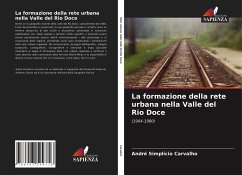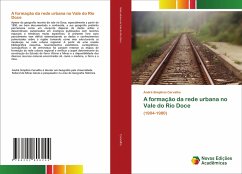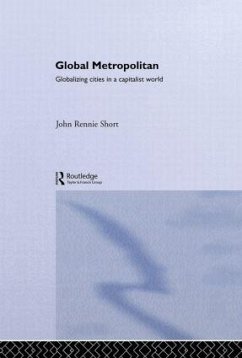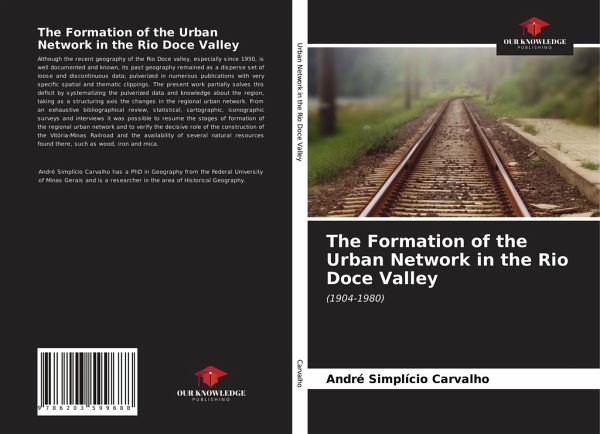
The Formation of the Urban Network in the Rio Doce Valley
(1904-1980)
Versandkostenfrei!
Versandfertig in 1-2 Wochen
41,99 €
inkl. MwSt.

PAYBACK Punkte
21 °P sammeln!
Although the recent geography of the Rio Doce valley, especially since 1950, is well documented and known, its past geography remained as a disperse set of loose and discontinuous data; pulverized in numerous publications with very specific spatial and thematic clippings. The present work partially solves this deficit by systematizing the pulverized data and knowledge about the region, taking as a structuring axis the changes in the regional urban network. From an exhaustive bibliographical review, statistical, cartographic, iconographic surveys and interviews it was possible to resume the sta...
Although the recent geography of the Rio Doce valley, especially since 1950, is well documented and known, its past geography remained as a disperse set of loose and discontinuous data; pulverized in numerous publications with very specific spatial and thematic clippings. The present work partially solves this deficit by systematizing the pulverized data and knowledge about the region, taking as a structuring axis the changes in the regional urban network. From an exhaustive bibliographical review, statistical, cartographic, iconographic surveys and interviews it was possible to resume the stages of formation of the regional urban network and to verify the decisive role of the construction of the Vitória-Minas Railroad and the availability of several natural resources found there, such as wood, iron and mica.



